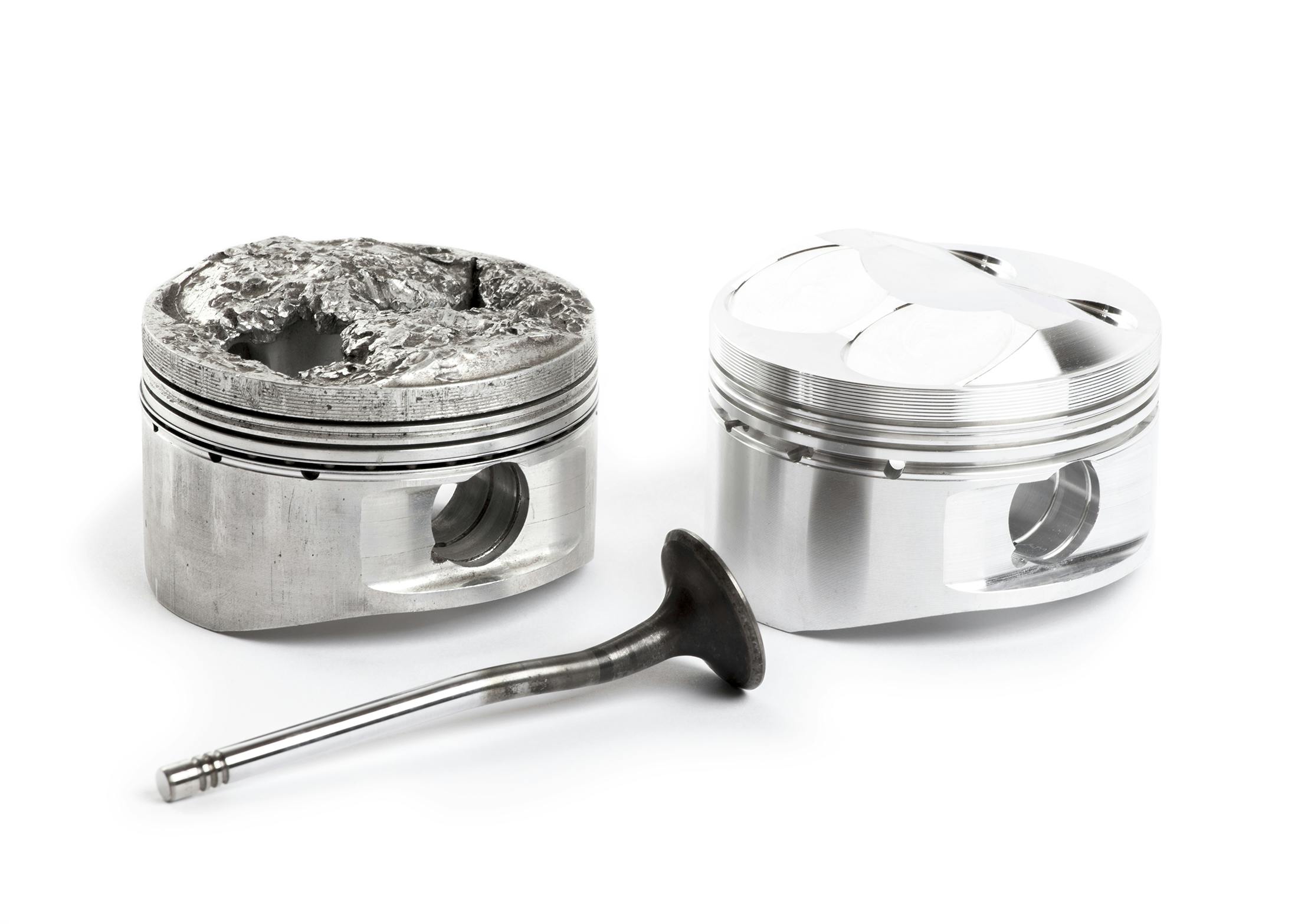How to know if a timing belt is bad

The problem with timing belts is that they are not visible. To inspect a timing belt, you may need to remove several unrelated engine components just so you can remove the covers that protect the timing belt.
Moreover, even if you do all of that, you may not see obvious signs that your timing belt may be bad, or on the point of failing. The only way to inspect a timing belt is to remove it from the vehicle. Only then can you check for signs of damage or excessive wear along its entire length.
As a practical matter, we do not recommend that DIY mechanics attempt to remove a timing belt. Instead, we recommend that you visit Find a Mechanic to find professional mechanics near you. This kind of procedure is highly technical, and, therefore, it is best left to professional mechanics to avoid damage to your engine.
What happens if a timing belt breaks?

This image shows the type of engine damage that can occur when a timing belt fails. In this example, the engine valves are bent beyond repair, and the piston is destroyed. The new piston on the right shows what an undamaged piston looks like
However, this kind of damage does not occur on all engines. In some cases, the engine will just cut out when the timing belt fails. In these cases, just replacing the timing belt will get the engine running again.
Whether (or not) engine damage occurs depends on the type of engine you have. Thus, let us look at the different engine types-
Non-interference engines
In these engines, the distance between the top of the piston and the opened valves is big enough to prevent the pistons from contacting the valves. In practice, the pistons continue to move up and down for a short while after a timing belt fails. However, because the pistons cannot contact the valves, no engine damage results.
Interference engines
In these engines, the tops of the pistons will always contact at least some valves when the timing belt fails. Depending on the engine, one of the following may occur-
- The pistons may contact and bend only the exhaust valves
- The pistons may contact and bend only the intake valves
- The pistons may contact and bend all the valves
Depending on the engine speed when the timing belt fails, one or more of the following may also occur-
- Valve heads may break off and may become embedded in the piston. This usually causes irreparable damage to the cylinder head
- Valve guides and/or valve seats may suffer fatal damage
- In extreme cases, one or more camshafts may break
- In many cases, rocker arms or hydraulic valve lifters may break or suffer fatal damage
As a practical matter, repairing an interference-type engine after a timing belt failure can be extremely expensive. In fact, in some cases, it may be cheaper to replace the engine than to repair it.
The best way to prevent this kind of situation is to-
- Have the timing belt on your engine inspected regularly
- Replace the timing belt when the service schedule calls for a replacement
- Only replace the timing belt as part of a complete timing belt kit. All reputable dealers can supply timing belt kits that include all idler pulleys, the belt tensioner, as well as drive and driven sprockets in some cases.
- Replace the water pump along with the timing belt. In fact, some car manufacturers prescribe water pump replacements during timing belt replacements to prevent timing belt failures
We highly recommend that you only buy timing belts and related parts from dealers that supply OEM - equivalent parts as kits. Two such timing belt kits include Gates Corporation timing belt kits and DAYCO timing belt kits.
There are, of course, many other dealers, including dealerships, you may wish to deal with, instead. However, we highly recommend that you only deal with sellers that supply OEM-equivalent parts and/or kits. Skimping on quality to save money on critically important timing belts could potentially cost you many thousands of dollars in unnecessary engine repairs.
